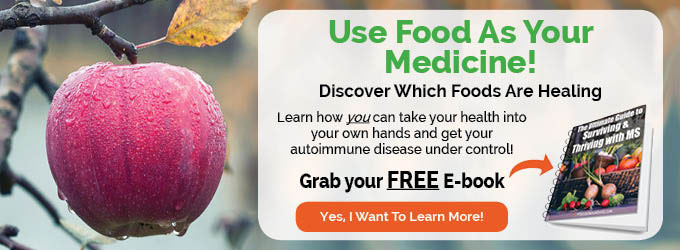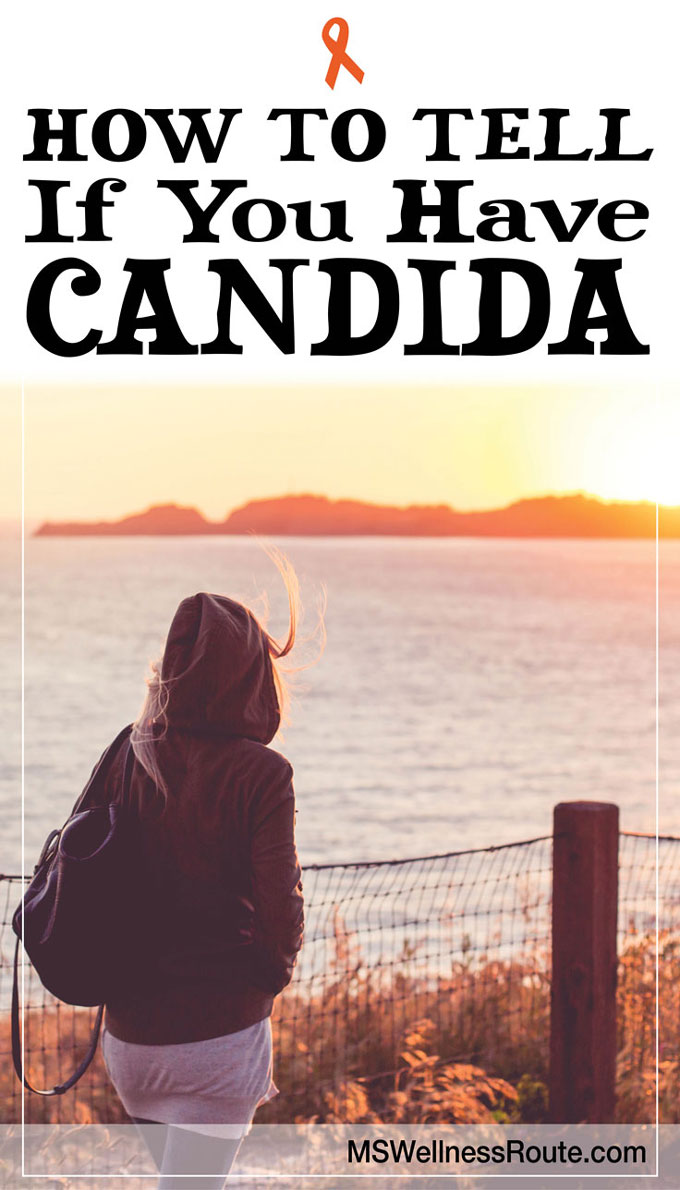Last Updated on January 30, 2025 by Cathy

Candida is a form of yeast that lives in all of us. It helps with digestion and nutrient absorption. The good bacteria that live in our gut keep Candida under control.
Unfortunately, while the good bacteria levels drop, it becomes a fungus overgrowth. This is due to many factors like antibiotics or a poor diet. As Candida grows it punches its way through the intestine and into the bloodstream including undigested food particles. It eventually makes its way through the blood-brain barrier, wreaking havoc throughout and attacking any organ or system in the body.
Sounds pretty scary, doesn’t it?
Well, it is! When there is an imbalance of bacteria in the gut it can lead to Candida yeast overgrowth. The overgrowth disrupts the delicate balance between good and bad bacteria.
Candida overgrowth can lead to:
→ Brain fog
→ Digestive issues
→ Nail fungus
→ Oral thrush
→ Seasonal allergies
→ Sugar and carbohydrate cravings
→ Yeast infections
→ …and a leaky gut!
What causes Candida?
Candida is caused by many different factors, the two most common causes are antibiotics also a diet high in sugar. Stress is another factor, your body’s defense against stress is to produce Cortisol. Cortisol is a hormone that suppresses your immune system it also raises your blood sugar level.
Candida feeds off sugar, it does not care where the sugar is coming from!
You may be wondering: What does this have to do with MS?
Once Candida branches out it releases toxic byproducts, including acetaldehyde (a carcinogen) which damages brain function. It can trigger the immune system to react causing chronic inflammation. You can read more detail about The Connection Between MS and Candida, through this article.
When left untreated, it can lead to many different health problems from digestive issues to autoimmune diseases. Chronic inflammation and infection are the causes of MS!
If you are suffering from MS or any other autoimmune disease, it is more than likely you are also suffering from Candida overgrowth. You are also dealing with a leaky gut even if you do not experience digestive problems.
How can I tell if I have Candida?
You can go to the doctor and be tested in two different ways, either a blood test or a stool test. Unfortunately, current tests are not extremely accurate in addition most doctors are not taught to look for Candida being the problem. Therefore, most doctors are reluctant to run the test.
The mistake people often make is only getting a standard stool test. If you decide on this option make sure your doctor orders a comprehensive test. The benefit to this is: that it will also see if you are suffering from other types of infections, like parasites.
There is also a spit test. I would normally explain this but this test returns far too many false positives. I personally tried this test a few times but each time it came out negative. Normally this would be a good thing except I knew I had an extremely bad case of yeast overgrowth!
Simple Questions Designed to Test for Candida
Have you ever used:
- Antibiotics (amoxicillin, tetracycline, etc.) for more than 2 weeks OR more than once in any given year? These kill not only the bad bacteria but also the good bacteria in your gut. Antibiotics do not affect Candida, allowing it to grow and take over.
- Oral contraceptives, also known as birth control pills are made up of the ovulation-suppressing hormones progestin and estrogen. These hormones stop pregnancy but they can cause a hormonal imbalance. For example, increased estrogen increases blood sugar levels which in turn feeds the yeast leading to Candida.
- Steroids are very similar to antibiotics. Long-term use can suppress your immune system and increase your risk of infections.
Have you ever had symptoms like:
• Athlete’s foot, ringworm, skin, or nail fungus
• Brain fog
• Cold hands and feet
• Cravings for sugar, carbohydrates (bread, pasta, etc.) or alcohol
• Digestive problems (constipation, diarrhea, bloating or abdominal pain)
• Dizziness or loss of balance
• Fatigue
• Food sensitivities or allergies
• Fungal infections on your skin or nails (athlete foot toenail fungus, ringworm)
• Hormonal imbalances, including PMS, menstrual irregularities, sexual dysfunction
• Numbness, burning or tingling
• Oral thrush (white patches on the tongue or mouth)
• Repeated sinus infections and allergies
• Urinary tract infections (UTI)
• Urinary urgency
• Yeast infections
If you answered yes to more than three, you are probably suffering from Candida overgrowth. If so, fixing this overgrowth is crucial to fixing your leaky gut!
How to Get Candida Under Control
Candida overgrowth is hard to get under control, you have to follow a very strict diet by not feeding it. There are 3 steps to getting the yeast overgrowth under control.
First – Starve the candida – stop eating sugar! Avoid most fruits (avocados, berries, lemons, and limes are okay), starchy vegetables, also all added sugar.
Second – Kill the candida overgrowth – remember Candida lives in all of us, you do not want to kill it entirely (just get it under control).
Natural antifungals:
Apple Cider Vinegar
Coconut oil
Garlic
Grape Seed Extract
Oil of Oregano
Pau D’ Arco Herbal Tea
Supplements:
Berberine-500 by Thorne Research
Candida Cleanse by Rainbow Light
Candida Support by NOW
Formula SF722 by Thorne Research
(Not only does Formula SF722 kill Candida overgrowth and other fungal infections, but it also supports beneficial flora.)
Do not take the same antifungal for more than two months in a row! Candida is clever and will adapt to it.
Third – Reinoculate & repair the gut – it is imperative to start filling your gut with probiotics to crowd out the Candida. The more that you can fill your intestine with healthy bacteria like Lactobacillus Acidophilus also Bifidobacteria Bifidum, the less chance the Candida yeast will have of taking over your gut.
Candida, small intestinal bacterial overgrowth (SIBO), and leaky gut all go hand in hand. Furthermore, you will need to reinoculate your gut to restore the natural balance in your intestines.
So What’s Next?
Start changing your diet. If you have been eating an unhealthy diet you may want to start slowly. Reduce the amount of junk food, added sugar, alcohol, and caffeine you consume. This will make it a lot easier before you start the strict Candida diet. Starting a diet like the Paleo diet would be a good idea at this point.
It always helps when you make a plan! Figure out the foods and supplements that you are going to need during this time. Furthermore, taking a good antifungal will improve your chances of beating your Candida overgrowth.
In order to improve your digestive health and your overall immunity, you should start by eating real food and not processed. If possible, avoid meats with antibiotics and eat organic produce.
A strong immune system starts in the gut!
You may also enjoy reading: The Connection Between MS and Candida
Steps to Reverse Multiple Sclerosis
Get the password to my library with MANY wellness printables including the Foods to Eat & Avoid on the Candida Diet here by filling out this form:








